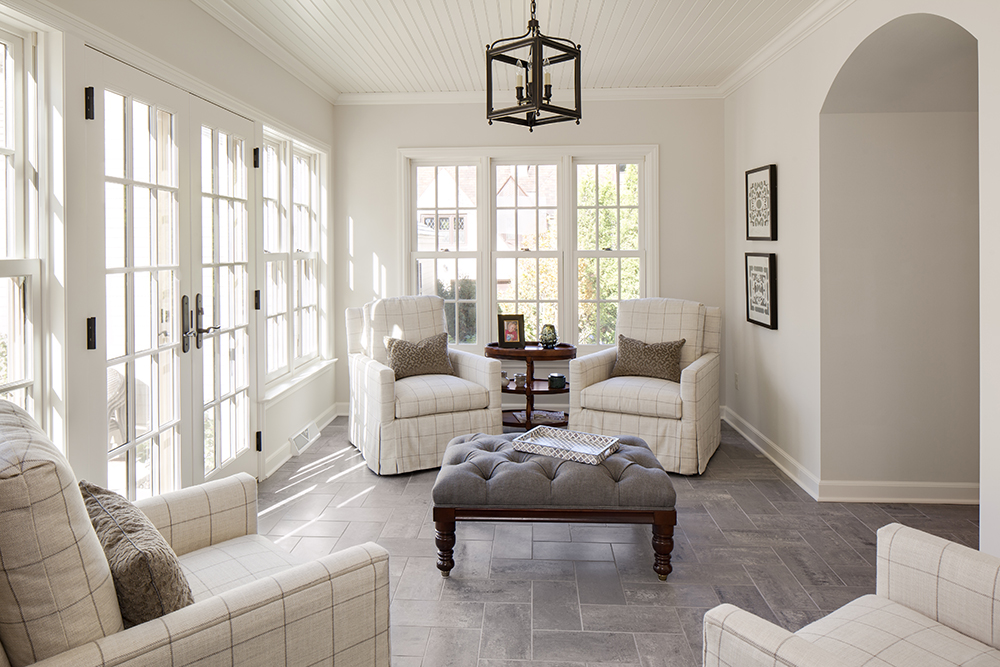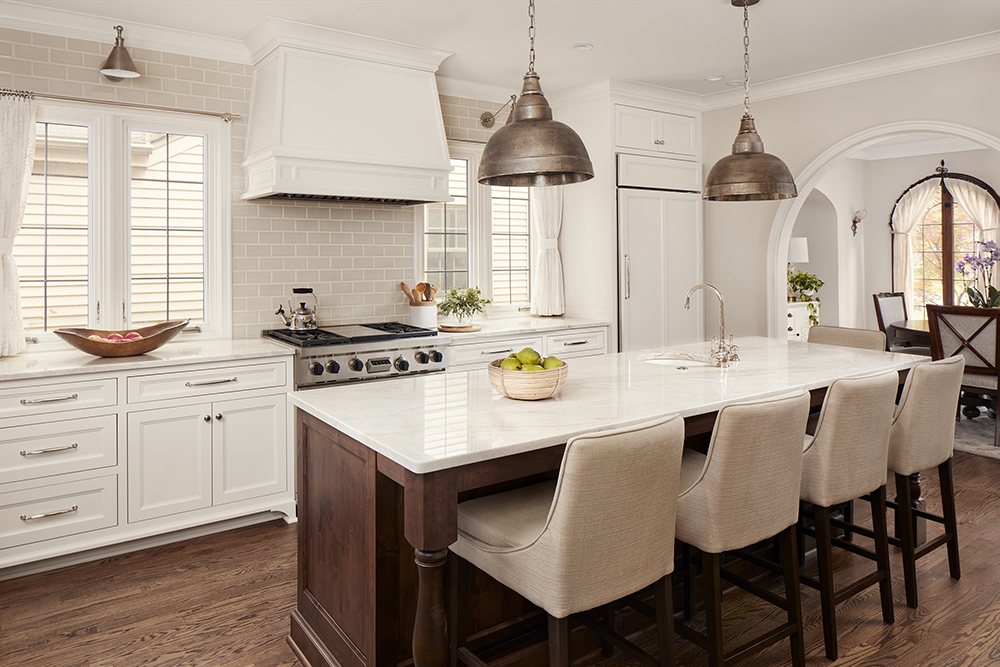Choosing products and materials can be an overwhelming process, sometimes extending the project’s timeline or overreaching the budget if not done properly. An interior designer works with homeowners to choose items based on quality, function, price and style, helping you bring your design goals to life.
At Bartelt, our in-house interior designers serve many roles – creator, project coordinator, a friendly ear – to guide you each step of the way and make the remodeling process enjoyable. Why is it important to look to a professional interior designer for direction? Let’s examine!
They have a process.
Your interior designer has a proven process to guide you through your project and selections, keeping you organized and using tools to help you visualize and understand how everything fits together. They’ll ask the right questions to hone in on your style, and they’ll help you make decisions at the proper time in the project’s progression. The designer is there to coordinate all the moving parts and make sure details don’t get missed. There are a lot of steps between preliminary design ideas and the final space.
They keep you on track.
Your interior designer can help keep your project on time and on budget (they may even end up saving you money). Homeowners don’t always realize the incredible amount of decisions that need to be made. That’s where your designer is a huge asset. They help you sort through all the options – lighting, paint colors, tile, flooring, countertops (this list goes on!) – and ensure that your selections are cohesive and within your allowance, leaving less room for errors and unnecessary spending.
They’ll also hold you accountable to make decisions in a timely manner, so your project’s timeline doesn’t get derailed.
They bring a new perspective.
A fresh eye is important! It can be hard to step back and look at your home from a different perspective. You often get accustomed to the layout, color scheme and other details. An interior designer has a trained eye and can see the potential in your space and offer creative solutions that you may have never considered.
Beyond offering ideas you may have not examined, they can also share options you may not have known even existed. Continuing education is an important aspect of the designer’s job, and they have a great pulse on new materials, tools and methods.
They can bring you back down to Earth (if needed).
We all have big plans for our homes, and let’s face it – sometimes, we need a reality check. Your designer will help you set realistic goals and educate you on any design limitations. They can also help you practice restraint, or in other words, learn how to “edit.” What’s important to incorporate into the design? What isn’t necessary? Where can you take design risks? Where should you keep it simple? This will ensure your final space is practical while still showcasing your personality and unique style.









Leave A Comment